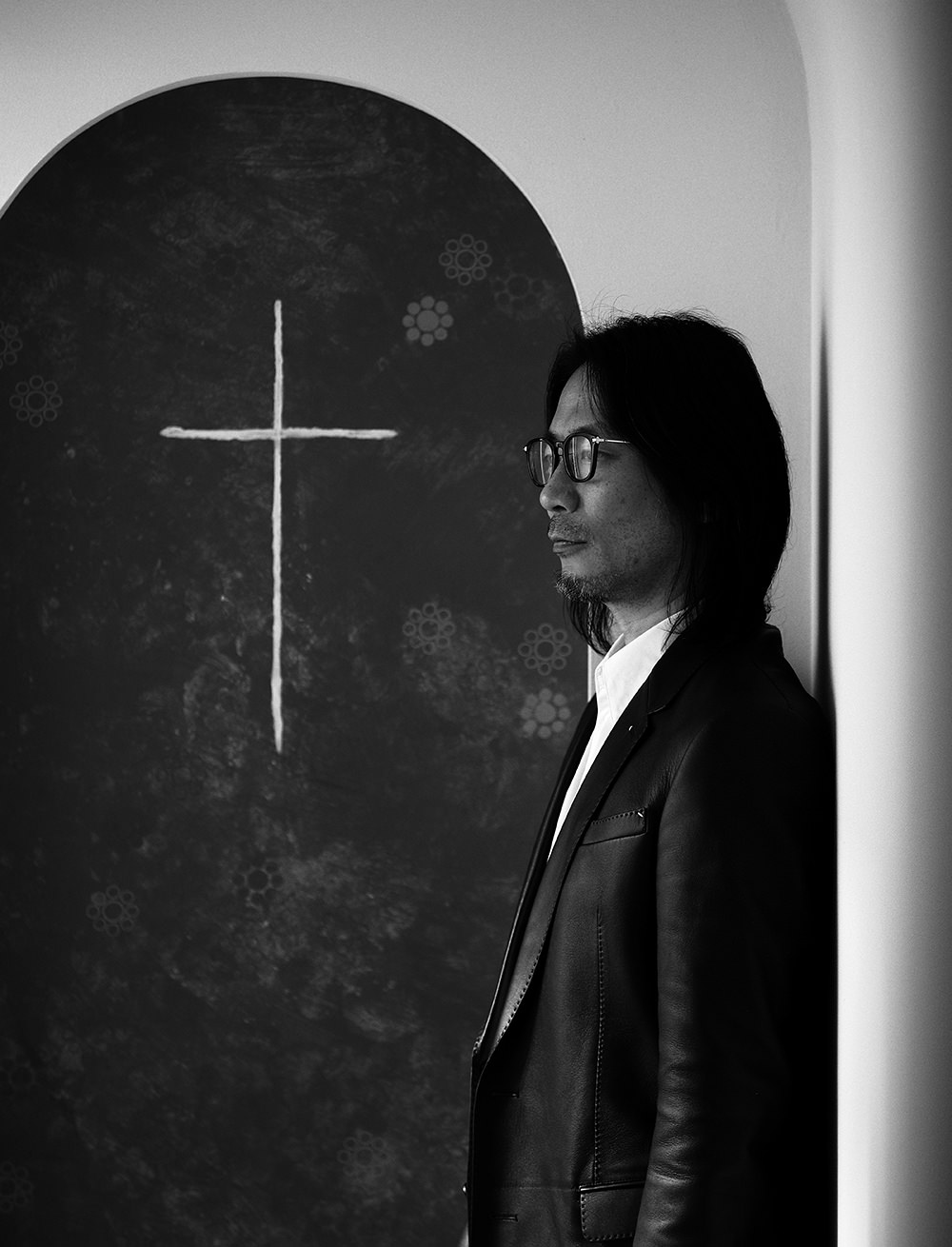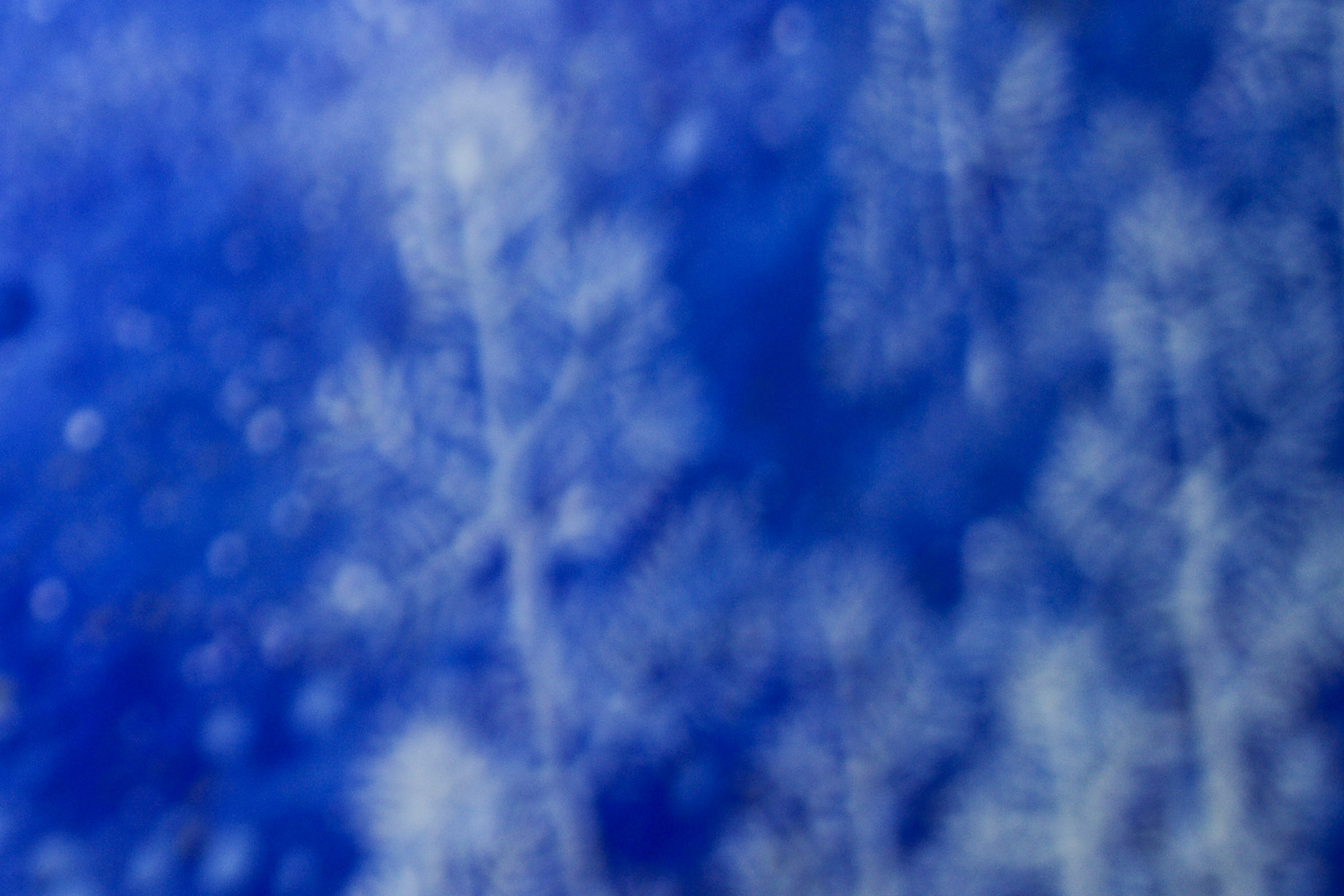Profile
Karakami-shi Toto Akihiko
Karakami artist Toto Akihiko (Karakami-shi)
Karakami-shi—the karakami artist. As the foremost figure transforming karakami into contemporary art, Toto Akihiko has pursued the artistic quality of karakami and combined the painting techniques of East and West to develop his own original technique of “shifukuzuri printing,” which involves using his fingers to apply color. Filled with the poetic sentiment created in concert with all the gods and spirits, the deep blue karakami works of art born of this original technique are lovingly known as “totoblue,” and their sacred blueness give rise to an exceptional blue world and story.
When his piece “inochi” was collected and exhibited at the Miho Museum, it attracted attention as the first work of karakami to feature as a museum piece, and in 2014, the first ever art exhibition of karakami art was held at the Tokyo International Forum and Mitsuo Aida Museum. In 2020, he began work on “Universal Symphony,” which is based on the theme of praying for world peace. At 22 meters long, it is the largest piece of karakami art ever created. The piece “Hoshi ni Negai o (Wish Upon a Star),” was dedicated to the famous Yogen-in Temple, where it stands alongside Tawaraya Sotatsu’s important cultural property “Karajishizu (Chinese Lion).” Akihiko has also worked on restoring the karakami on Tawaraya Sotatsu’s important cultural property “Matsuzu (Pine)” at the same temple, and has delivered karakami to Myoho-in Monzeki of Sanjusangendo Temple, the nationally designated place of scenic beauty Murin-an, Go-o Shrine, and other places. While continuing the tradition (the “kata” or “mold”) of karakami culture from the Heian Period, Toto Akihiko breaks the mold and reinterprets it as a contemporary art form, opening a new, untrodden path for this historic craft.
In 2018, he proposed and presided over the “Heisei no Hyakumonyo Project” (which has since been renamed the “Heisei Reiwa no Hyakumonyo Project”) to bestow treasures —our hearts—to Kyoto in 100 years’ time. His publications include “Nihon no Monyo Monogatari [Japanese Pattern Stories]” (Kodansha) and “Jinsei wo Irodoru Monyo [The Patterns That Color Life]” (Kodansha).



